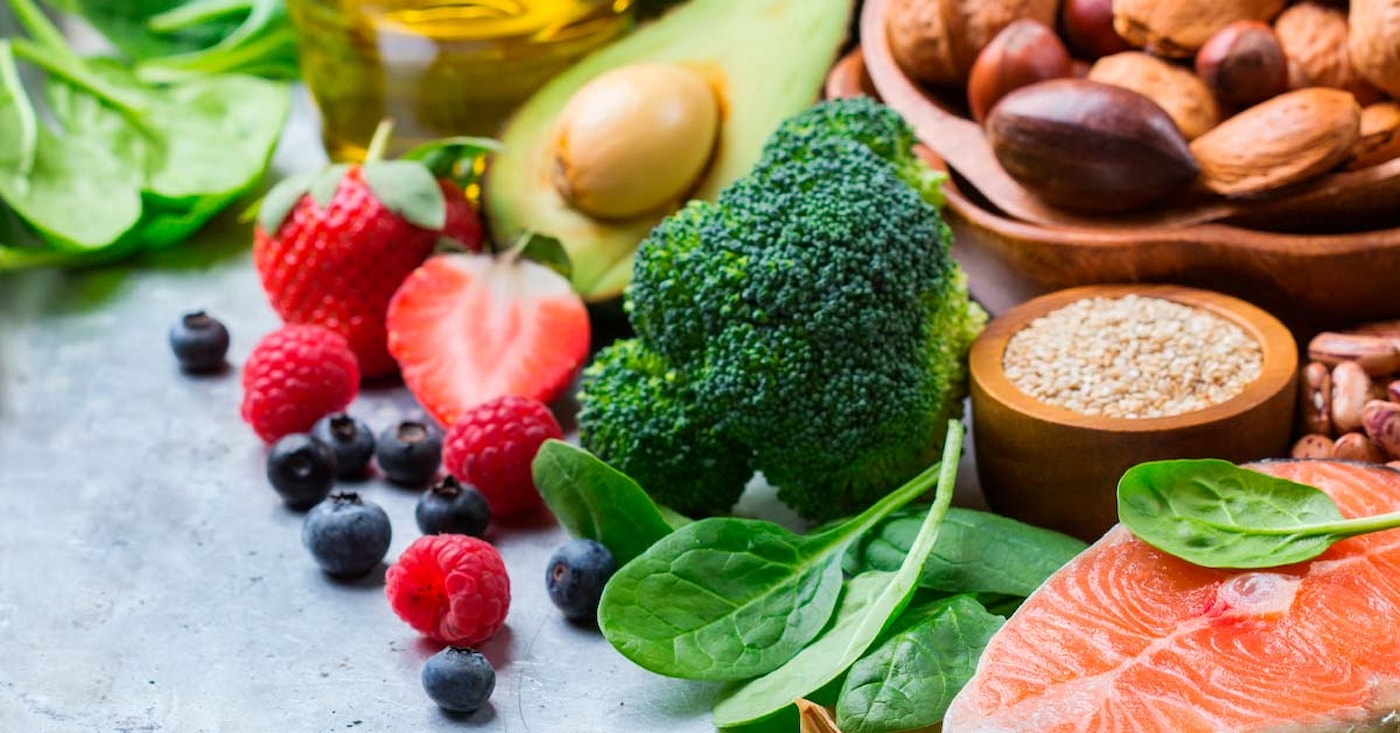
Preventing new strokes
Almost all stroke patients are recommended to use preventive drugs to reduce the impact of risk factors.
Treatment and prevention with drugs
Once the acute phase is over, there is no medical treatment for stroke. The drugs recommended after a stroke are to prevent you from falling ill again. Secondary prevention is tailored to each individual on the basis of your clinical picture, your age, and any other illnesses you may have. Almost all stroke patients are recommended to use preventive drugs to reduce the impact of risk factors.
Other drugs that may be considered are:
- Antiplatelet drugs/platelet aggregation inhibitors to prevent the blood platelets from clotting together. Examples include acetylsalicylic acid and Clopidogrel.
- Anticoagulants (blood thinners). If you have atrial fibrillation, anticoagulation with direct-acting oral anticoagulants/DOACs or Warfarin may be considered.
- Drugs to lower your blood pressure.
- Cholesterol-lowering drugs/statins.
In addition, treatment of other illnesses which can be risk factors for stroke may have to be stepped up. Examples include diabetes, heart failure, and atrial fibrillation.
Surgery
If there is significant narrowing in your carotid artery on the side where the TIA or stroke symptoms developed, it may be decided to operate to remove the plaque that caused the stenosis. Some heart conditions may also require surgical intervention or treatment to prevent any new strokes in the brain.
Brain haemorrhages and subarachnoid haemorrhages
High blood pressure is a very important risk factor for brain haemorrhage and good blood pressure treatment is therefore crucial to prevent new haemorrhages. In addition, it is necessary to investigate if there are any other causes of brain haemorrhage. This is done using CT and magnetic resonance imaging.
Some conditions put the blood vessels at greater risk of haemorrhage, such as aneurysms (a bulge in a blood vessel) and cerebral vascular malformations (congenital anomalies in blood vessels). In some cases, patients require treatment to prevent a new haemorrhage.
Other measures that help prevent stroke
There are also a number of life style changes that can help prevent the risk factors from playing out, helping to avoid future strokes. Together, these measures are very effective, and just as important as taking medication:
Quit smoking
Smoking significantly increases the risk of stroke and other cardiovascular disease. Quitting smoking is the single most important step you can take to reduce the risk. It is recommended to quit smoking and there are a variety of products to help smokers achieve this. Quitting entirely offers substantially more health benefits than cutting down the number of cigarettes smoked.
Diet
The most important thing is to eat a diet with plenty of vegetables, fruit, and whole-grains. You can eat a lot of fish, lean meats, nuts, lentils, and beans. Minced products such as mincemeat and sausages, fatty cheeses, and other foods that contain a lot of saturated fat and salt, as well as food and drink rich in sugar, should be consumed rarely.
Look for food labels such as the keyhole label and choose bread that scores three quarters on the whole-grains bread scale. Prepare your own food. Ready meals and processed food usually contain a lot of salt. Eating too much salt can give you high blood pressure. Our website lhl.no has a number of healthy recipes you could use.
Physical activity
Regular physical activity helps prevent disease, control your weight, and has a good influence on blood pressure, blood sugar, and cholesterol. 30 minutes of physical activity per day are recommended. You do not need to train hard, but you should get hot and a little sweaty.